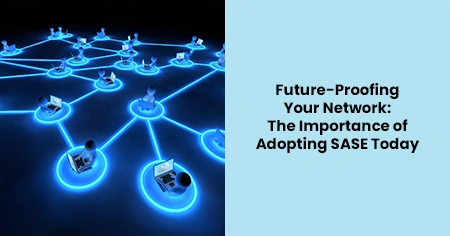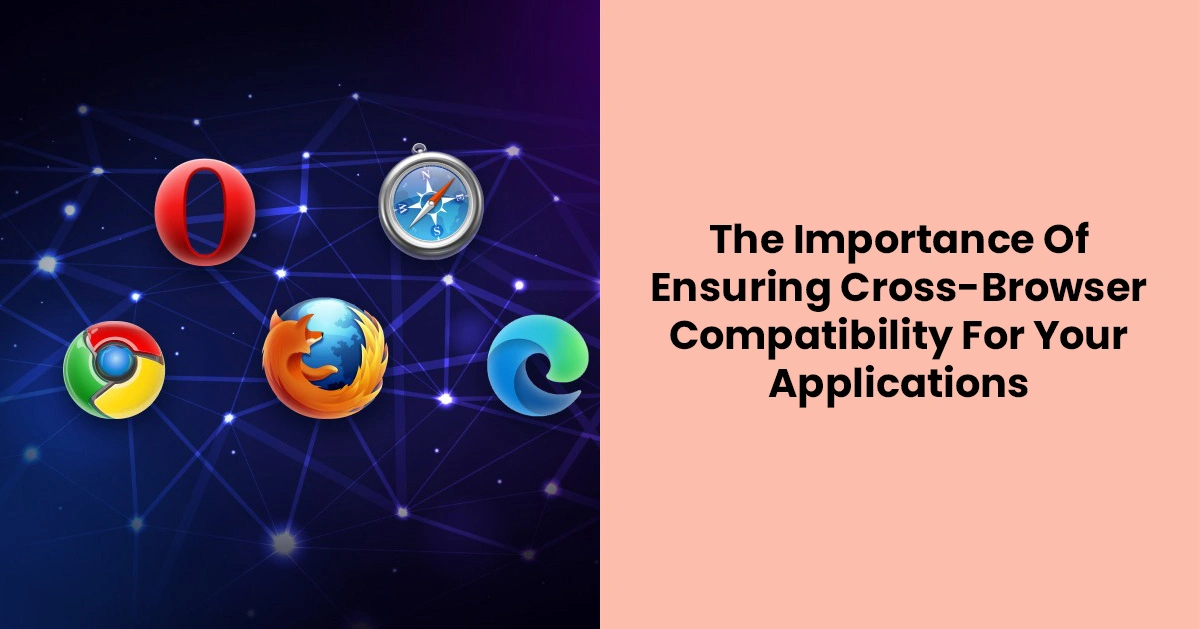SASE in One Minute: A Quick Definition
Gartner coined the SASE acronym in 2019 to describe a cloud-delivered service that merges SD-WAN performance with security staples such as Secure Web Gateway (SWG), Cloud Access Security Broker (CASB), Zero Trust Network Access (ZTNA), Firewall-as-a-Service (FWaaS), and Data-Loss Prevention (DLP). The platform is fronted by a globally distributed mesh of points of presence (PoPs). Instead of hair-pinning user traffic back to a central data center, an identity-aware policy follows each session through the nearest PoP, applies inspection, and routes it on the optimal path, whether that destination is a SaaS instance, an AWS VPC, or a legacy application still running on-prem.
Business Drivers Making SASE Urgent, Not Optional
Hybrid-Work Normalization has turned secure connectivity into a utility; employees expect office-grade access from any location and device. Multi-Cloud and SaaS Sprawl mean most traffic is now internet-bound, not data-center-bound. Branch Expansion and M&A cycles require zero-touch deployment that scales faster than physically shipping new appliances. Compliance Pressure has intensified as regulators demand unified logging, data sovereignty, and least-privilege models across all assets. Finally, the rising sophistication of threats-from encrypted malware to supply-chain exploits-demands inspection and segmentation techniques that legacy routers cannot deliver.
These converging forces explain how SASE is transforming enterprise network security by pushing inspection into the cloud while keeping enforcement points as close as possible to users and applications. The resulting agility would be nearly impossible to replicate with a stack of discrete on-prem boxes or do-it-yourself tunneling scripts.
Core SASE Building Blocks and How They Interlock
A SASE platform is more than SD-WAN with a security add-on. It is an engineered combination of individual services that harmonize under one policy engine:
- SD-WAN Fabric monitors path health and steers packets to the closest PoP, guaranteeing application-level SLAs.
- Secure Web Gateway blocks malicious sites and scans outbound content without the hair-pinning of legacy proxies.
- Cloud Access Security Broker discovers shadow IT, applies DLP, and governs SaaS session behaviours.
- Zero Trust Network Access grants application-specific privileges after vetting identity, device posture, and location.
- Firewall-as-a-Service performs layer-3/4/7 inspection inside the PoP so every branch and roaming user inherits identical rules.
- Data-Loss Prevention monitors traffic for regulated data strings and can redact, quarantine, or block.
Because these modules are delivered from the same cloud edge, threat intelligence, user risk scores, and policy updates propagate within minutes, an advantage praised by analysts at Forrester who cite "continuous alignment" as the top driver for SASE ROI.
Real-World Outcomes from Early SASE Adopters
A global retailer swapped 1,000 MPLS circuits for DIA links and a managed SASE fabric, cutting connectivity costs by 40 percent and shrinking store onboarding from six weeks to two days. A European investment bank used PoP proximity and integrated ZTNA to drop SaaS latency below 50 milliseconds worldwide while meeting MiFID II logging mandates. Closer to the public sector, a multi-campus university collapsed four overlapping security tools into one console, slashing alert fatigue by 60 percent and sailing through FERPA audits. Analysts at The Wall Street Journal confirm similar savings, noting enterprises that pivot early to SASE see "double-digit reductions" in operational expenses and breach frequency.
Migration Blueprint: Phased Adoption Without Business Disruption
- Assess and Prioritize - Create a traffic heat map: which user populations, applications, and data flows carry the highest risk or suffer the most latency?
- Pilot Critical Use-Cases - Route a small remote-user cohort or a non-mission-critical branch through ZTNA and SWG PoPs. Capture user-experience metrics and fine-tune authentication workflows.
- Integrate Identity and Endpoint Signals - Plug the platform into your SSO, MFA, and endpoint detection stack so context (device health, geolocation, user role) drives every access decision.
- Expand the SD-WAN Overlay - Move additional sites onto SASE by flipping tunnels toward the nearest PoP-Decommission legacy VPN concentrators in parallel.
- Consolidate Policies - Merge firewall, CASB, DLP, and proxy rules into the unified cloud console, removing conflicting overlapping entries.
- Optimize and Automate - Use Terraform, Ansible, or the vendor's tool to embed policy changes into CI/CD pipelines, automatically ensuring new microservices inherit protection.
Key Metrics to Track SASE Success
- End-User Latency to mission-critical SaaS platforms pre- vs. post-migration.
- Traffic Inspection Coverage: percentage of flows that pass through SASE PoPs regardless of user location.
- MTTD and MTTR for security incidents, measuring the effect of unified telemetry.
- Total Cost of Ownership, including transport, hardware, and license consolidation.
- Audit Findings Closed after centralizing logs and aligning DLP signatures.
Common Pitfalls and How to Avoid Them
- "Lift-and-Shift" Mindset- replicating every old firewall rule in the cloud bloats policy sets and erodes the benefit of identity focus. Redesign with app-level granularity.
- Weak Identity Integration-SASE without phishing-resistant MFA creates a single cloud choke point that attackers can still breach via stolen credentials.
- Manual Configuration- Ignoring API automation leads to configuration drift; treat the fabric as code.
- Vendor TunnelVision- not every provider offers remote browser isolation, private 5G, or workload micro-segmentation on the roadmap. Evaluate alignment before signing multi-year agreements.
The Center for Internet Security offers best-practice benchmarks on avoiding these traps, reinforcing that configuration hygiene outweighs raw feature count.
The Road Ahead: SASE and Emerging Tech Synergies
Artificial-intelligence policy engines will soon analyze baseline behaviour across the PoP mesh and tighten access dynamically when anomalies appear. As 5G and edge computing proliferate, vendors like Cisco embed SASE nodes at metropolitan edge hubs, delivering sub-10-millisecond inspection for AR/VR workloads. Post-quantum cryptography is another frontier: cloud-native update cycles let SASE providers roll out new cipher suites instantly, sidestepping expensive forklift upgrades. Finally, by integrating software-bill-of-materials (SBOM) scanning within PoPs, the fabric can block malicious packages before they ever reach build servers, a capability highlighted in CISA's latest Secure by Design guidance.
Conclusion
Enterprises that leap to a cloud-native, identity-centric Secure Access Service Edge position themselves for whatever connectivity or threat landscape changes arrive next. They streamline operations, cut costs, and enforce zero-trust principles everywhere without sacrificing performance. Conversely, waiting locks budgets into aging MPLS links, multiplies appliance refresh cycles, and leaves gaping visibility holes for adversaries to exploit. The path forward is clear: evaluate, pilot, and iterate toward a unified SASE fabric before competitors and attackers leave slower movers behind.
Frequently Asked Questions
Q1: Does adopting SASE mean I must abandon all on-prem firewalls immediately?
No. Most organizations run a hybrid period where branch sites and remote users migrate first, while data-center firewalls remain for east-west segmentation or compliance mandates. Over time, more traffic shifts toward the cloud fabric, and physical appliances become smaller or fewer.
Q2: How does SASE affect my existing SD-WAN investment?
If you already have an SD-WAN overlay, many vendors let you integrate it with their PoP mesh through software upgrades rather than forklift replacements. The SD-WAN still handles path selection, but security inspection moves into the cloud edge, giving you end-to-end visibility and zero-trust control.
Q3: Can SASE help with data-privacy regulations like GDPR or CCPA?








